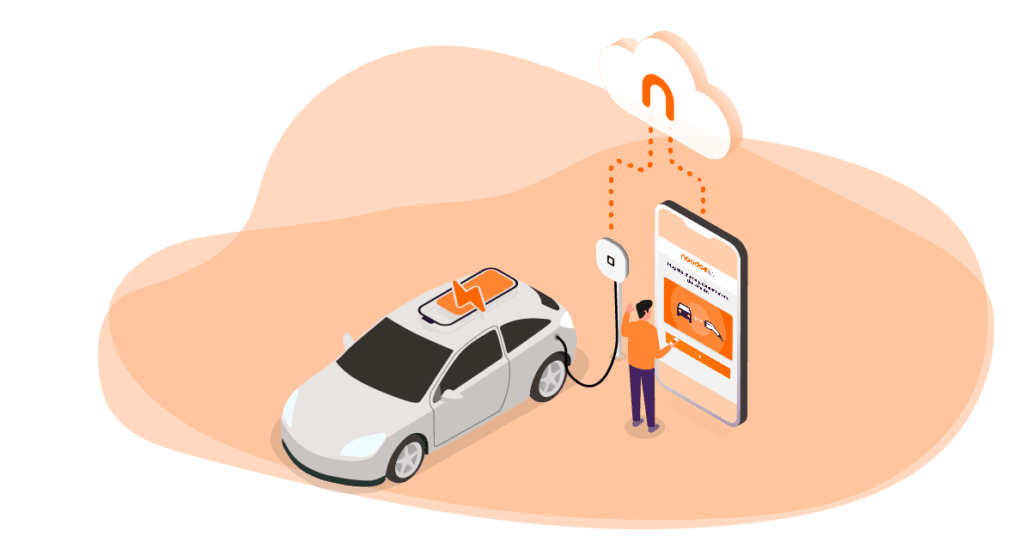Contact Info
2600 Technology Drive, Suite 100
Plano, Texas, 75074
United States
2600 Technology Drive, Suite 100
Plano, Texas, 75074
United States

Last Updated: June 29th, 2023 | Economy and Policy
The buildout of electric vehicle charging networks is an exciting project. From on-site chargers linked to hotel or restaurant businesses to nationwide networks that enable cross-country road trips, the electrification of transportation is becoming more and more accessible. While more public charging opportunities are a good thing, EV charging regulations are in the early stages of development. For EV drivers, the most pressing issues are reliable services and standard payment gateways. Let’s go through the top five futureproof ways charging service providers can give customers what they want before they become requirements.
An EV driver travels to a different area that is not covered by their home network. Luckily their network expanded its reach through partnerships with other networks, allowing the driver membership-level access to charging ports without investing in further infrastructure. This eliminates the need for multiple subscriptions and provides greater flexibility for travel.
These five suggestions aren’t just from listening to customer feedback; they are also based on upcoming EVSE regulations like California Air Resources Board. The electrification of transportation will shake up more than how drivers charge up. Revolutionize the EV experience by making charging more accessible, intuitive, and futureproof.
| Cookie | Duration | Description |
|---|---|---|
| cookielawinfo-checkbox-analytics | 11 months | This cookie is set by GDPR Cookie Consent plugin. The cookie is used to store the user consent for the cookies in the category "Analytics". |
| cookielawinfo-checkbox-functional | 11 months | The cookie is set by GDPR cookie consent to record the user consent for the cookies in the category "Functional". |
| cookielawinfo-checkbox-necessary | 11 months | This cookie is set by GDPR Cookie Consent plugin. The cookies is used to store the user consent for the cookies in the category "Necessary". |
| cookielawinfo-checkbox-others | 11 months | This cookie is set by GDPR Cookie Consent plugin. The cookie is used to store the user consent for the cookies in the category "Other. |
| cookielawinfo-checkbox-performance | 11 months | This cookie is set by GDPR Cookie Consent plugin. The cookie is used to store the user consent for the cookies in the category "Performance". |
| viewed_cookie_policy | 11 months | The cookie is set by the GDPR Cookie Consent plugin and is used to store whether or not user has consented to the use of cookies. It does not store any personal data. |
